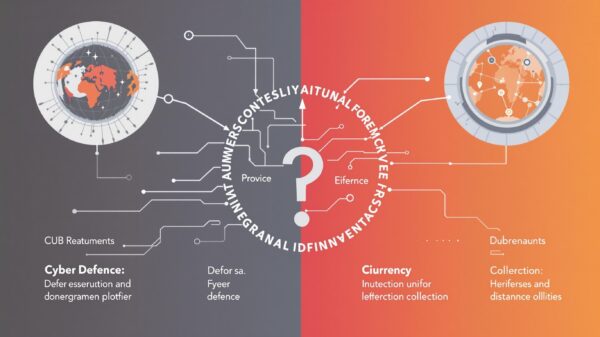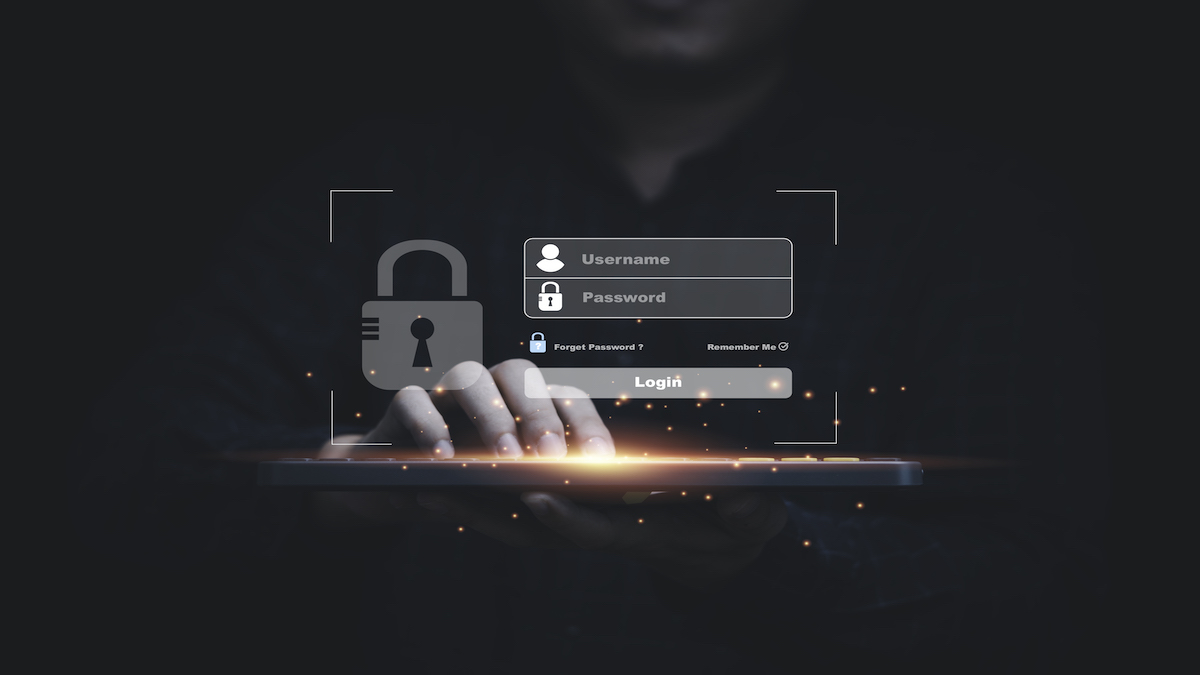Zero-day attacks exploit unknown vulnerabilities in software or hardware. These are flaws not yet known to the vendor, hence, there are no available defenses against them. This lack of awareness makes zero-day attacks extremely dangerous and effective. Differentiating from other cyberattacks, they are geared towards exploiting vulnerabilities that are yet to be patched or even discovered. Cyber attackers make use of this window of exposure to fulfill their illicit objectives such as data theft, corporate espionage, or simply causing disruptions.
Types of Zero-Day Attacks
Zero-day attacks can be categorized based on the methods used for exploitation and their targets. They commonly manifest as malware, web-based attacks, supply chain attacks, etc. Recently, there has been a growing trend of zero-day attacks on critical infrastructure and industrial control systems, further underlining their threat to society’s core functions.
Zero-day attacks initiate from the discovery of a previously unknown vulnerability. Often, social engineering and phishing techniques play a crucial role in the attack’s initiation. The unknown nature of these vulnerabilities makes it challenging to detect and prevent these attacks, thereby exalting them into a security nightmare for organizations worldwide.

Zero-day attacks can lead to catastrophic consequences such as data breaches, considerable financial losses, and widespread reputational damage. Moreover, these attacks hold the potential to disrupt critical infrastructure, posing a significant threat to national security. Given these impacts, zero-day threats are of growing concern among organizations and governments alike
Mitigating Zero-Day Attacks
Efficacious mitigation of zero-day attacks necessitates a proactive security stratagem. This calls for comprehensive vulnerability management, frequent vulnerability scanning, prompt patching, security awareness training, and incident response preparation. Additionally, the adoption of a zero-trust architecture can serve as a robust defense against such threats.
Zero-day attacks continue to evolve, and attackers are becoming increasingly sophisticated. Emerging trends, such as the utilization of artificial intelligence and machine learning, are only exacerbating the situation. To tackle these threats, continuous innovation and adaptation of cybersecurity strategies are crucial.
Conclusion
In the current cybersecurity landscape, zero-day attacks are a significant concern. To recapitulate, they exploit unknown vulnerabilities, have severe consequences, and require proactive mitigation strategies. It’s essential to foster heightened awareness and collaboration among organizations, governments, and cybersecurity professionals in order to counteract this evolving threat effectively.






















